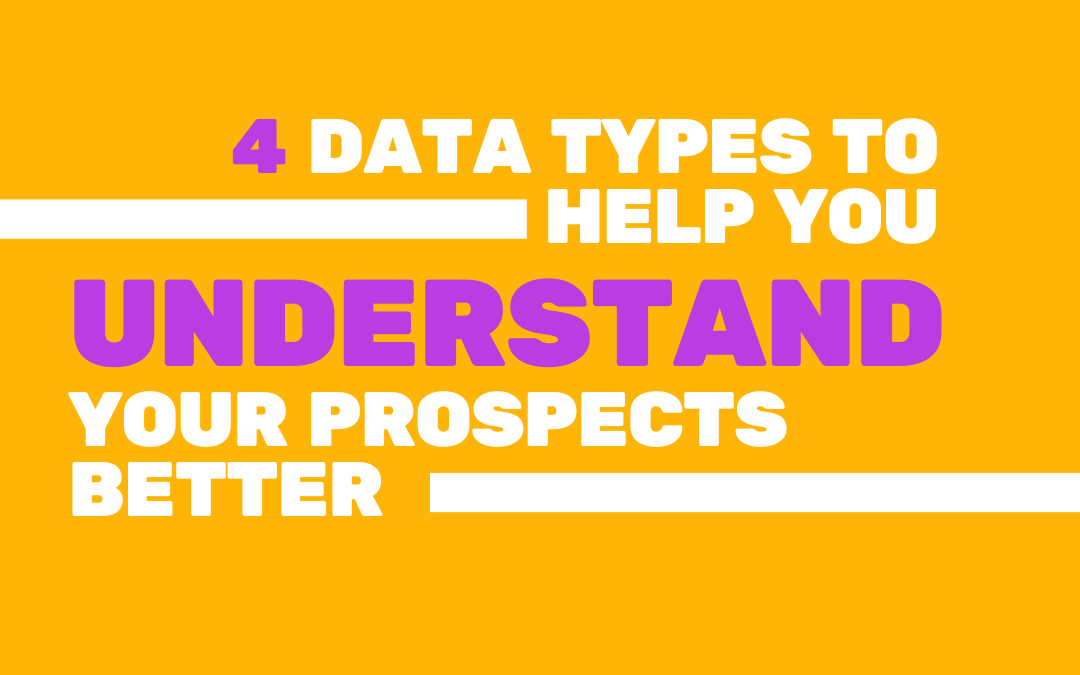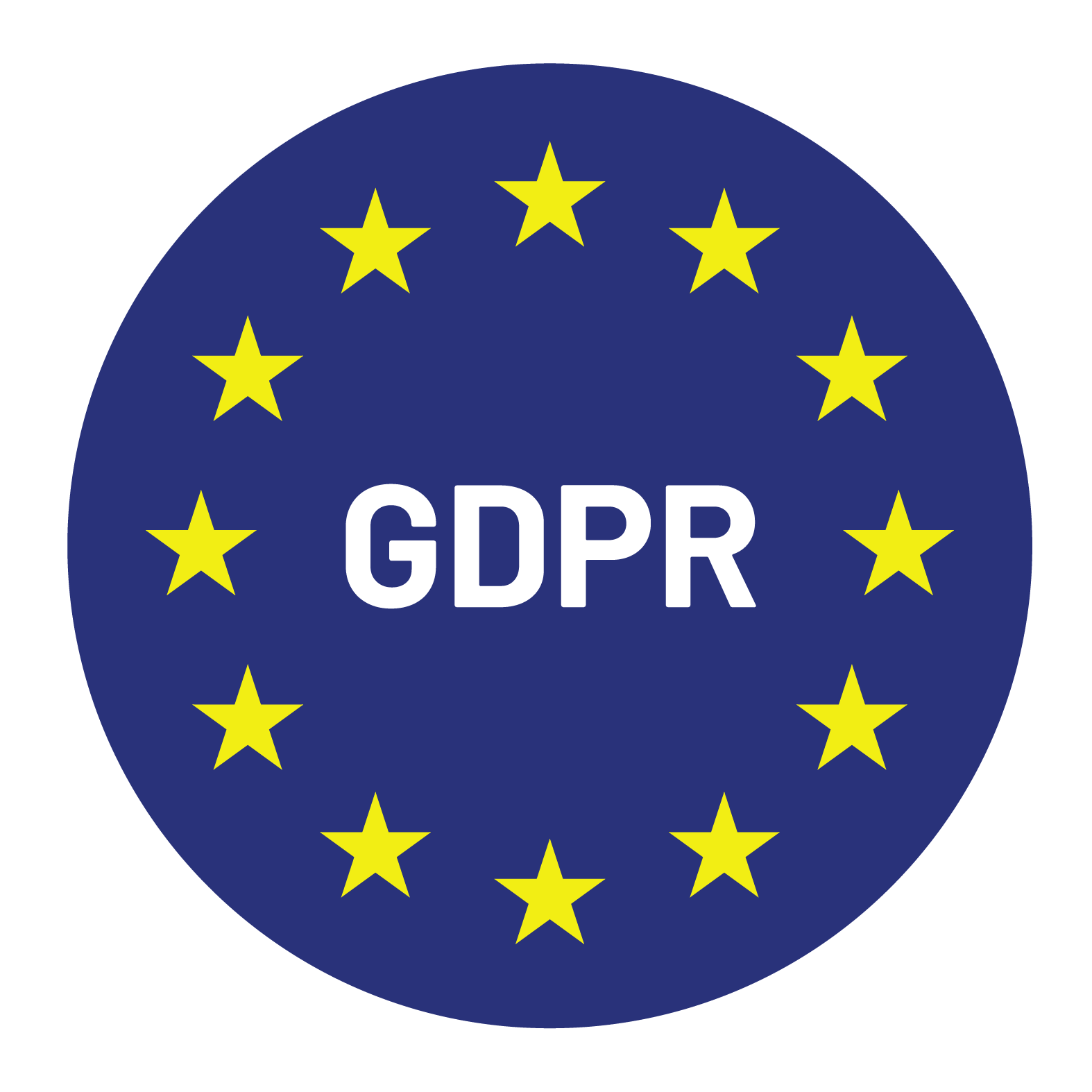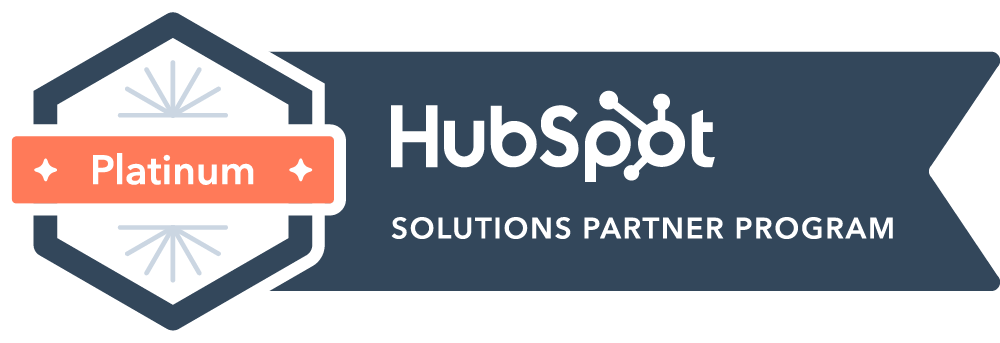

Content Writer for Whistle with multidisciplinary experience spanning over a decade.
Lead generation agencies, like Whistle, have large amounts of data at their disposal in order to better understand markets and their prospects. It can sometimes be difficult to know which type of data to use and how to make the most effective use of it. This blog post explores four types of data that can help you better understand your prospects and make more informed decisions about lead generation.
We’ll look at customer demographics, psychographics, web analytics, and social media analytics. By understanding each data type in more detail, companies are able to gain insight into their target audiences that will in turn help create more effective lead generation campaigns.
Here are the four data types you should be using:
Demographic data is all about who your prospects are and what they look like. This includes information like their age, gender, location, income, education level, and more. It’s a great starting point to get a general idea of who your prospects are and what they might be interested in.
But here’s the catch, just because someone is a certain age, doesn’t mean they have a specific interest. For example, just because someone is over 60 years old, doesn’t mean they’re only interested in early-bird specials and bingo. On the other hand, just because someone is in their 20s, doesn’t mean they’re only interested in Instagram and avocado toast.
So, while demographic data is a good starting point, it shouldn’t be relied on as the only factor in determining who your prospects are and what they might be interested in.
Behavioral data is all about what your prospects do. This includes information like their website visits, what they search for online, what they purchase, and how they interact with your brand. This data gives you a better understanding of what your prospects are actually interested in, rather than just what they might be interested in based on their demographic.
Let’s say someone in their 60s visits your website regularly and frequently searches for information on skydiving, then it’s a good sign that they’re interested in taking risks and trying new things – regardless of their age.
Behavioral data is a great way to get a more accurate picture of who your prospects are and what their potential interests may be.
Psychographic data is all about what makes your prospects tick. This includes information like their values, interests, personality, and lifestyle. This data can help you understand what drives your prospects and what motivates them to make decisions.
If someone values environmental sustainability, then they might be more likely to purchase products that have a lower carbon footprint, even if they’re more expensive. On the other hand, if someone values convenience, then they might be more likely to purchase products that are quick and easy to use, even if they’re not as environmentally friendly.
Psychographic data can help you tailor your marketing efforts to appeal to your prospects’ motivations and values, which increases the chances of them making a purchase.
Technographic data is all about the technology your prospects use. This includes information like what devices they use, what software they have installed, and what platforms they use to communicate.
If, for instance, your prospects are primarily using iPhones and Macs, then you might want to consider developing an app for those devices. On the other hand, if your prospects are using Android devices, then you might want to focus on developing a mobile website that works well on those devices.
Seeing as technographic data helps you understand what technology your prospects are using, your organization can tailor its marketing efforts to reach them in the right way.
The four above mentioned data types – demographic, behavioral, psychographic, and technographic – can help your organization understand prospects better. By using a combination of these data types, you can get a more complete picture of who your prospects are and what they might be interested in.
So, get ready to put your data hat on and start learning all about your prospects! To find out more about Whistle’s Data on Demand service, visit our site or request a demo.


© Copyright – Whistle 2023